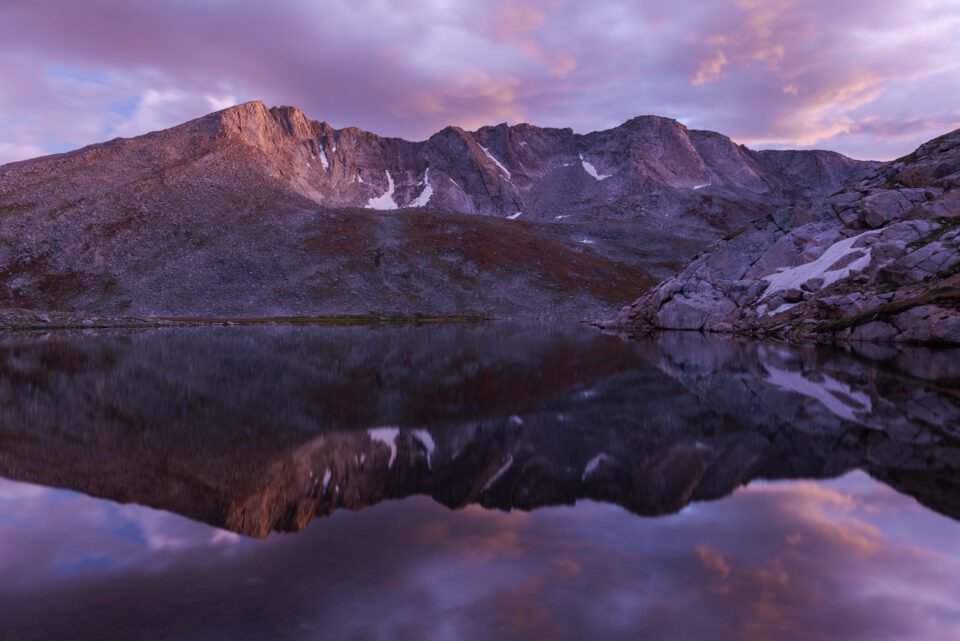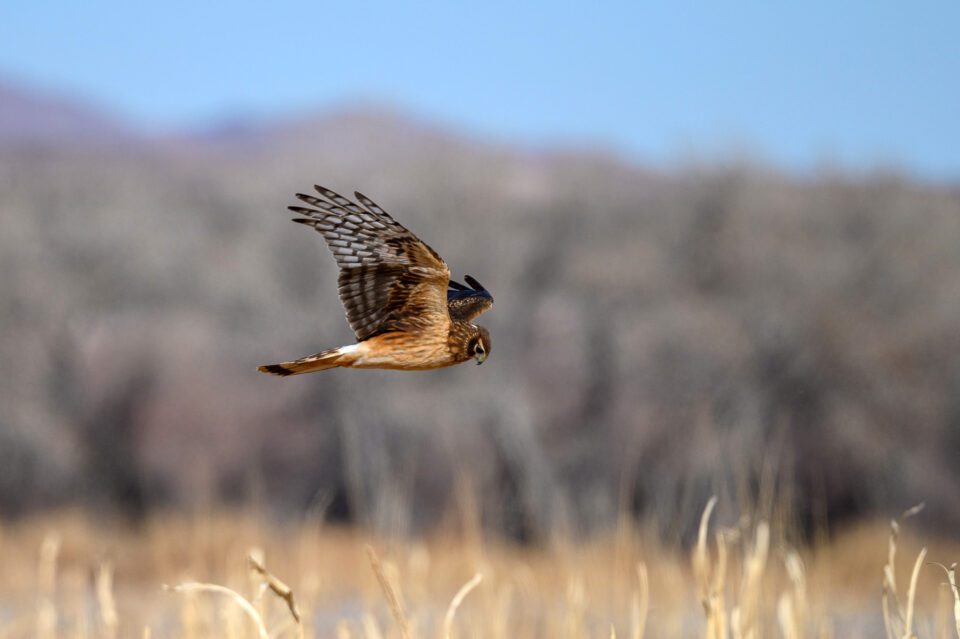We’ve reviewed 28 full-frame digital cameras so far at Photography Life. Every one of them has gotten at least four stars. In the abstract, that sure seems like too much – but when I look at each camera again, I can’t help but think every single one deserves it.
This is how I see things:
- 1 Star: Unusable
- 2 Star: Bad
- 3 Star: Ok
- 4 Star: Good
- 5 Star: Excellent
Maybe you could argue with some of those categories, but it’s hardly the “4.9 stars is great, 4.5 stars sucks” scale the internet can be known for. Yet almost every modern camera is at least good, and most are closer to excellent.
Let’s take the Panasonic S1R as an example. It’s a mirrorless camera that I reviewed a couple years ago and gave 4.2 stars, which is one of our lowest scores for a full-frame camera. What does it do wrong? It’s heavy (about as heavy as a DSLR) and expensive when bought new ($3700, though these days it’s more like $1700 used). Other than that, it’s an amazing camera, with best-in-class image quality and loads of great features. Surely it at least qualifies as “good.”
That’s the low bar. Almost every other full-frame camera – at least those released after it – matches or beats the S1R overall or in terms of value.

If my argument isn’t clear, let’s consider a different camera instead. Nasim recently published a review of the Nikon Z6 II with basically the one criticism that it isn’t ideal for photographing fast action like birds in flight. And what were half the photos in the review? Birds in flight. Great photos like this:

Does that look like a camera that can’t photograph birds in flight? Well, compared to its rivals, it is a bit behind. The differences could matter if you’re a sports or wildlife photographer. But clearly, they’re not fatal.
If you’re willing to consider buying used or refurbished, today’s abundance of good cameras becomes even more obvious. When I was first starting photography, I paid about $1000 for the Nikon D5100. Today, $1000 on the used market can get you a Nikon D4 in good condition. (See my article on used cameras killing entry-level cameras.)
Part of what inspired me to write this article is a post I saw on Fstoppers a few weeks ago, which compared Fuji medium format against Pentax medium format. Somehow, I had completely forgotten about Pentax medium format! I looked up the Pentax 645D – a 40 megapixel, medium-format DSLR – on Fred Miranda and eBay to see the prices out of curiosity. Less than $2000! Last I knew, that camera cost as much as a car ($9400 when it was first released – more than $11,500 with inflation).
I guess it makes sense that such a heavy camera with “just” 40 megapixels would go down in price considering the competition. But… just take a moment to consider the competition. In about a decade, tons of ordinary cameras on the market got so good that they outpaced an $11,500 medium format DSLR.
I expect this sort of thing in the computer market. A decade-old computer might not be able to run modern software in the first place, and even if it can, it’ll be much slower than something new. But a decade-old camera doesn’t have those issues. It doesn’t get slower or buggier with new updates. If you could photograph a wedding with the Nikon D750 ten years ago, you can photograph a wedding with it today.

I find myself writing a lot of comparison articles like “Nikon D780 vs Nikon Z6 II” or “Nikon Z7 II vs Canon EOS R5” because, well, that’s what people are searching. And in all of those comparison articles, I always think to myself, both of these are incredible. There’s hardly anything you couldn’t photograph with either of them.
I could compare the Nikon D3500 and Nikon Z7 II and come away saying that you’ll be hard-pressed to notice image quality differences between them with good technique and print sizes under 16 x 24 inches. Heck, a few years ago, I took one of my favorite cityscape photos with the D3500, and try as I might, I can’t find any issues with its technical quality. It holds up in a wall-sized print, and I have no regrets about photographing it on the D3500 rather than some other camera.

Some of you are probably yelling at me right now that all of this is fine for amateurs and hobbyists, but professionals need better gear. Ok, that’s fair. How about the Canon 1DX II? (If you’ve forgotten the features, it shoots 20 megapixels, 16 FPS, and 4K video.) It’s selling for about $2200 used these days. The famous workhorse Nikon D4? As I said a moment ago, it routinely goes for less than $1000 used on Fred Miranda.
No matter what genre you shoot or what your budget is, there’s an abundance of good cameras.
That’s not to say there aren’t differences between the cameras. If I believed that, I wouldn’t be spending so much time reviewing gear. But wow, I’m starting to wonder if we’ll ever see a sub-4-star interchangeable lens camera again at Photography Life, unless we start deliberately deflating our ratings. The only differences now seem to be in what areas the camera is best specialized, not whether it’s good or bad in the first place.
All this is to say, go out and take photos! It’s great to see so many amazing cameras today, and there’s no excuse not to use them to their fullest.